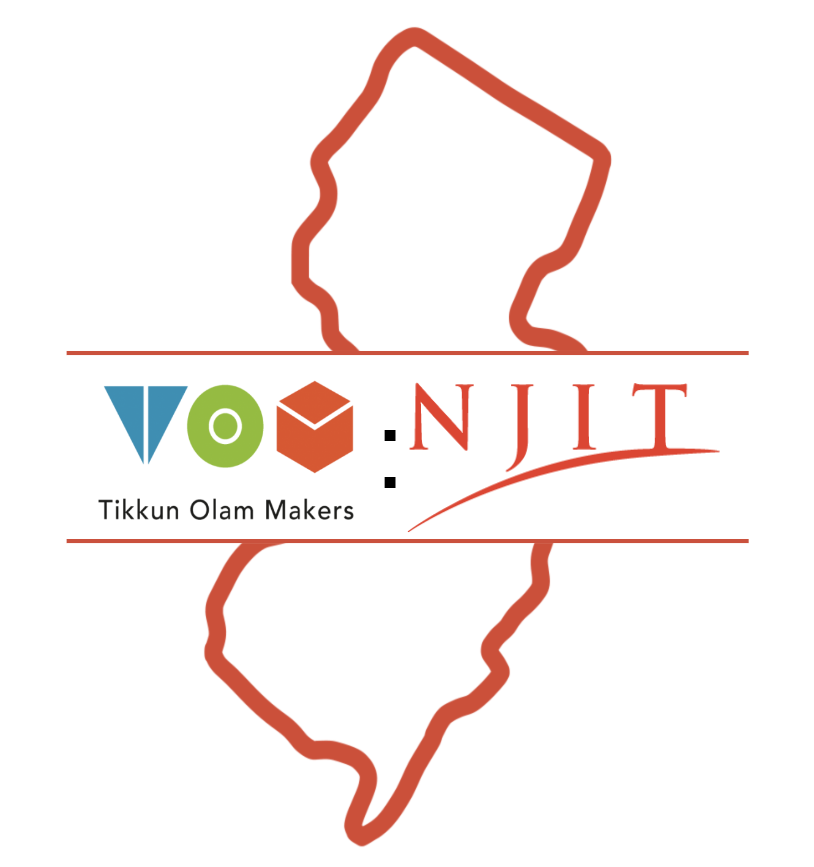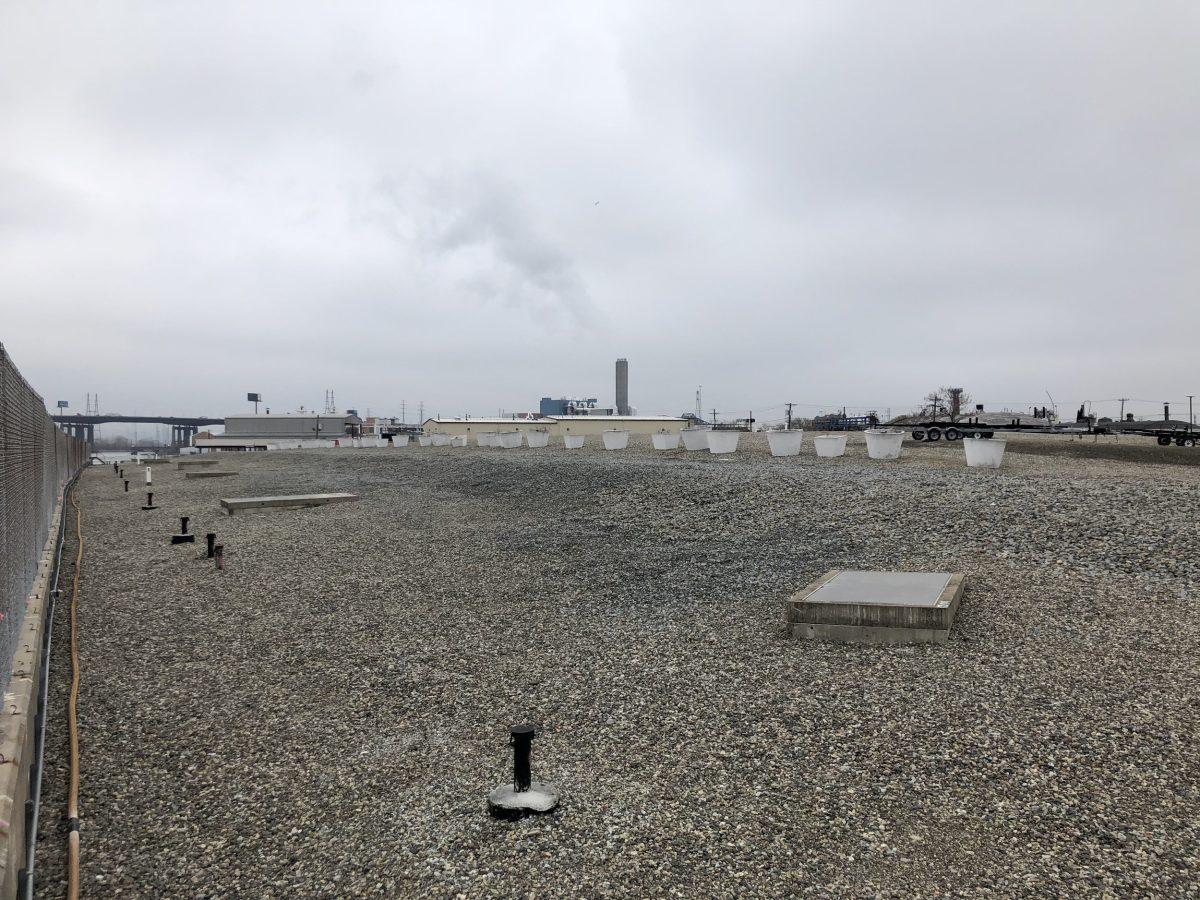Newark is one of the oldest cities in the United States, founded in 1666 by Puritan colonists. The Newark Public Library’s records state that in 1680, the township of Newark invited Samuel Whitehead, a shoemaker, to settle in the town with his trade. This event may have symbolized the beginning of the city’s reputation as an industrial behemoth, known for manufacturing patent leather.
A century later, in 1780, Revolutionary War veteran and abolitionist Moses Combs became the most prominent leather goods and shoe manufacturer in Newark, with a particularly large demand in Southern states such as South Carolina and Georgia. According to “The History of Newark, New Jersey,” a book by Joseph Atkinson, Combs received a payment of $9,000 for a single sale. “Silver was showered on me so plentifully,” said Combs, “that I did not know what to do with it.”
Another contributor to the local leather industry was famous inventor Seth Boyden, who arrived in 1815 with a leather splitting device that allowed him to evenly reduce the thickness of leather for the standard production of quality goods, according to an article from Charles Cummings’s Knowing Newark collection on the Newark Public Library’s website. By 1818, he was selling patent leather products; these are high-gloss, waterproof leather items. Leather manufacturers quickly became the largest employers in Newark.
Newark’s industrial star only continued to rise throughout the 19th century. In the years preceding the Civil War, fabricators accepted contracts from Union and Southern groups alike, despite New Jersey’s status as a free state. By 1860, Newark manufactured over 90% of all patent leather in the United States; tanneries reaped a revenue of $3 million annually, as stated by Cummings.
Over the course of the 20th century, however, increased globalization meant that cheaper leather was being sourced from places such as Formosa, Spain, Portugal, France, and Hong Kong, according to BBC News. In addition, Newark faced internal upheaval along socioeconomic and racial lines. These two factors created a positive feedback loop which resulted in the city’s decline, comparable to other former urban manufacturing hubs such as Detroit, Michigan.
Along with the suburbanization and flight of the middle-class population after World War II, employers also took off from Newark’s crumbling infrastructure and crowded streets. New Jersey Spotlight News reports that over 250 manufacturers left from 1950 to 1960, with another 1,300 leaving during the tumultuous 1960s.
These companies left behind large spaces which had been used as manufacturing rooms; according to the Geraldine Dodge Foundation, over 700 acres of abandoned or underutilized public and private property were found in Newark. However, many of these sites are still polluted from the byproducts of the city’s industrial past in both leather and chemical manufacturing. Newark contains four Superfund sites, which are cleanup areas designated by the United States Environmental Protection Agency as some of the most hazardous waste material sites; these require long-term cleanup.
One of the most toxic Superfund sites in New Jersey is the Diamond Alkali site, encompassing the Ironbound neighborhood of Newark, the Newark Bay Study Area, and the lower stretches of the Passaic River. The primary polluter of this area is the Diamond Alkali Company. During the 1950s and ‘60s, the company manufactured Agent Orange and poured its carcinogenic byproduct dioxin into the Passaic River, according to 1992 court documents filed by Diamond Alkali’s successor company.
However, another major contributor to the Passaic River’s current state is the century of industrialization that the city had undergone in years past. The Environmental Protection Agency found that layers of dioxin, mercury, and polychlorinated biphenyls, or PCBs, were found in the river’s sediments. PCBs were used as waterproofing materials and sealants before their production was banned in 1978, making it plausible that they were used within the leather and paint industries for which Newark was known.
Any vacant commercial or industrial area that is contaminated is recognized as a brownfield; this term can be applied to much of the Ironbound. The New Jersey Brownfields Assistance Center at NJIT is meant to support community members in their fight to reclaim and clean up the brownfields of Newark. Although the road to ridding these areas of pollutants is steep, understanding the city’s century-long industrialization can aid in this journey.





























